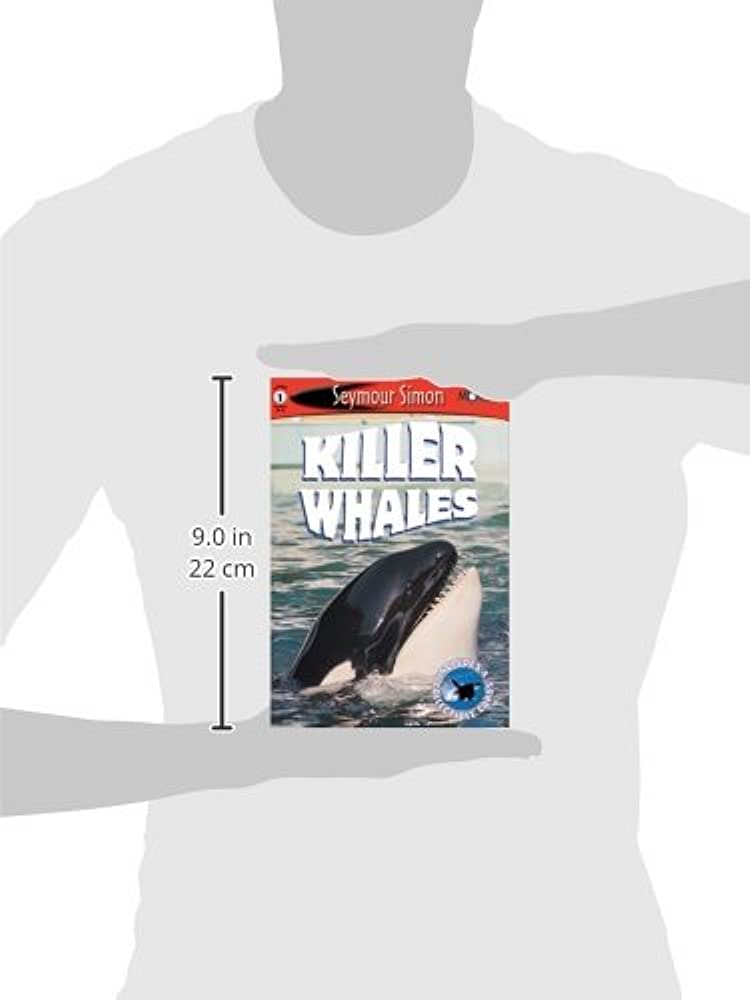Whales and dolphins both belong to the order Cetacea, but have unique differences in physical characteristics, behavior and communication, and types of species. Whales are larger than dolphins, have a bulky body shape, and tend to have longer migrations and deeper dives. Dolphins, on the other hand, are smaller, have a streamlined body shape, and are known for their playful behavior. Both face threats in the wild from overfishing, pollution, and climate change, but conservation efforts are underway to protect them and their habitats. They are not just fascinating to study, but also important to the health of the ocean and the planet.
Introduction
Whales and dolphins are two of the most fascinating creatures in the ocean. Both belong to the order Cetacea, which includes all the species of whales, dolphins, and porpoises. While they share some similarities, such as their aquatic lifestyle and their intelligence, there are also several differences between these two animals that make them unique.
Physical Characteristics
One of the main differences between whales and dolphins is their physical size. Whales are much larger than dolphins, with some species growing up to 100 feet long and weighing up to 200 tons. Dolphins, on the other hand, are smaller and lighter, with some species only reaching 8 feet in length and weighing less than 100 pounds.
Another key difference is their body shape. Whales have a bulky, torpedo-shaped body with a small dorsal fin, while dolphins have a slender, streamlined body with a prominent dorsal fin. Whales also have a larger head in comparison to their body size, while dolphins have a smaller head and a longer snout.
Behavior and Communication
Both whales and dolphins are highly intelligent and social animals. They have complex social structures and communicate with each other using a series of clicks, whistles, and body movements.
However, there are some behavioral differences between these two creatures. Whales are known for their long migrations and deep dives, while dolphins tend to stay in one area and swim closer to the surface of the water. Dolphins are also known for their playful behavior, frequently leaping out of the water and riding the waves of boats.
Types of Whales and Dolphins
There are over 80 different species of whales, dolphins, and porpoises. Some of the most well-known species of whales include the blue whale, humpback whale, and killer whale. Dolphins, on the other hand, include species such as the bottlenose dolphin, spinner dolphin, and common dolphin.
Each species has its own unique characteristics and behaviors that make them fascinating to study and observe. For example, killer whales are known for their social structure and hunting techniques, while bottlenose dolphins are known for their intelligence and their ability to work with humans in captivity.
Conservation and Threats
Both whales and dolphins face a range of threats in the wild. Overfishing, pollution, and climate change are all contributing to the decline in their populations. Whales, in particular, have been hunted for centuries for their meat, oil, and other products, leading to several species being endangered or close to extinction.
Conservation efforts are underway to protect these animals and their habitats. Some measures include the creation of marine protected areas, the reduction of fishing quotas and bycatch, and the development of sustainable tourism opportunities.
Conclusion
Overall, both whales and dolphins are fascinating animals that capture our imagination and inspire us to learn more about the ocean and its inhabitants. While they have some similarities in their behaviors and intelligence, they also have distinct differences in their physical characteristics and lifestyles.
As we work to protect these incredible creatures, it’s important to remember that they are not just fascinating to study, but also vital to the health of our oceans and the planet as a whole.
